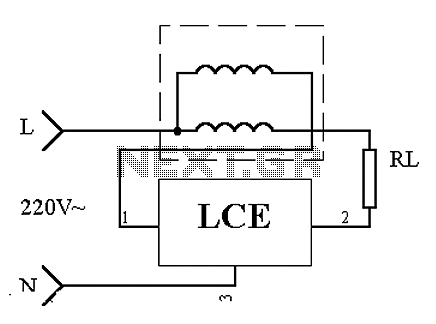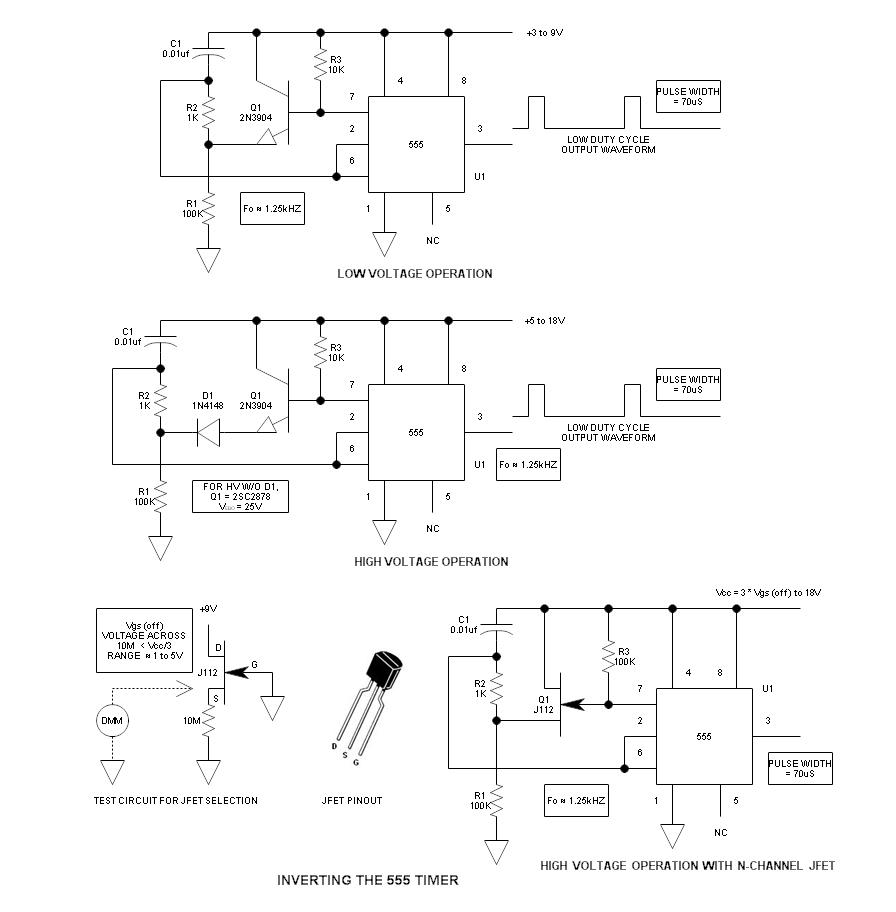
Display Driver circuit

This display driver circuit illustrates how a Seven Segment Display is driven using the 5-stage Johnson decade counter IC CD4033. The integrated circuit functions as a counter.
The CD4033 is a versatile decade counter that can be utilized to drive a Seven Segment Display effectively. It operates in a way that each output corresponds to a specific count, allowing for the display of decimal digits from 0 to 9. The primary advantage of using the CD4033 in this application is its ability to provide a simple and efficient means of controlling the display with minimal external components.
In this circuit, the CD4033 is connected to the Seven Segment Display through a series of output pins. Each of these pins is responsible for illuminating specific segments of the display, which are typically labeled a through g. When the counter increments, the corresponding segments light up in a pattern that represents the current count.
The circuit can be powered by a standard DC voltage supply, typically in the range of 5V to 15V, depending on the specifications of the CD4033 and the display. Additionally, resistors may be included in series with the segments to limit current and prevent damage to the LEDs in the display.
The operation of the circuit can be further enhanced by incorporating a clock signal to synchronize the counting process. This can be achieved using a simple oscillator circuit or a microcontroller that generates a square wave signal. By adjusting the frequency of the clock signal, the speed at which the display counts can be modified, allowing for greater flexibility in applications.
Overall, this display driver circuit is an effective solution for visual representation of numerical data, leveraging the capabilities of the CD4033 to simplify the design and implementation of a Seven Segment Display driver.This display driver circuit shows how a Seven Segment Display is driving with the help of the 5 stage Johnson decade counter IC CD4033.The IC has counter a.. 🔗 External reference
The CD4033 is a versatile decade counter that can be utilized to drive a Seven Segment Display effectively. It operates in a way that each output corresponds to a specific count, allowing for the display of decimal digits from 0 to 9. The primary advantage of using the CD4033 in this application is its ability to provide a simple and efficient means of controlling the display with minimal external components.
In this circuit, the CD4033 is connected to the Seven Segment Display through a series of output pins. Each of these pins is responsible for illuminating specific segments of the display, which are typically labeled a through g. When the counter increments, the corresponding segments light up in a pattern that represents the current count.
The circuit can be powered by a standard DC voltage supply, typically in the range of 5V to 15V, depending on the specifications of the CD4033 and the display. Additionally, resistors may be included in series with the segments to limit current and prevent damage to the LEDs in the display.
The operation of the circuit can be further enhanced by incorporating a clock signal to synchronize the counting process. This can be achieved using a simple oscillator circuit or a microcontroller that generates a square wave signal. By adjusting the frequency of the clock signal, the speed at which the display counts can be modified, allowing for greater flexibility in applications.
Overall, this display driver circuit is an effective solution for visual representation of numerical data, leveraging the capabilities of the CD4033 to simplify the design and implementation of a Seven Segment Display driver.This display driver circuit shows how a Seven Segment Display is driving with the help of the 5 stage Johnson decade counter IC CD4033.The IC has counter a.. 🔗 External reference





